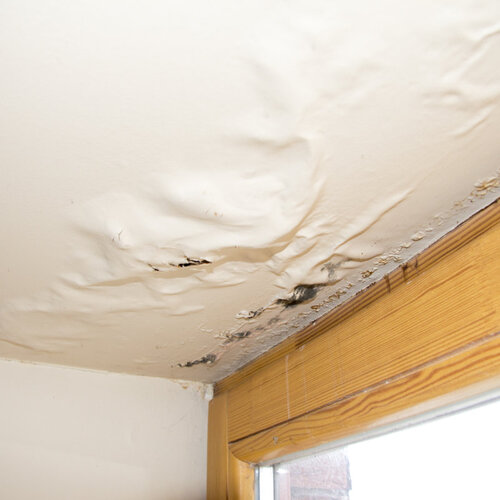Discover Common Origins Contributing To Water Leak Issues Within Your Home
Discover Common Origins Contributing To Water Leak Issues Within Your Home
Blog Article
This great article down below about How to detect water leaks in your home is indeed remarkable. Give it a go and make your own personal final thoughts.

Leakages not only create waste of water but can also cause unneeded damage to your home and advertise undesirable natural development. By understanding and looking for day-to-day circumstances that create leaks, you can protect your residence from future leaks and also unneeded damage.
Encroaching origins
Many water leakages start outside the house rather than inside it. You may see damp patches or sinkholes in your lawn, as well as that might suggest that tree roots are getting into water lines triggering water to permeate out.
Corroded water systems
This could be the reason of staining or warping on your water pipelines. If our plumbing system is old, consider replacing the pipelines since they are at a higher risk of deterioration than the newer models.
Malfunctioning Pipeline Joints
The point at which your pipes link is regularly the weakest web link in the waterline. Pipe joints can degrade over time, causing water leaks. However, most of pipeline joints are not easily visible. If you have loud pipelines that make ticking or banging noises, particularly when the warm water is turned on, your pipe joints are possibly under a great deal of pressure. It is advisable to have your plumber inspect your system yearly.
Instantaneous temperature level adjustments.
Extreme temperature modifications in our pipelines can trigger them to broaden and also contract all of a sudden. This development as well as tightening might cause cracks in the pipes, particularly if the temperature are below cold.
Poor Water Connectors
At times, a leak can be triggered by loose tubes and also pipelines that provide your appliances. In situation of a water connections leak, you might see water running straight from the supply line or puddles around your appliances.
Blocked Drains
Obstructed drains pipes might be bothersome and also inconveniencing, but they can in some cases wind up causing an overflow causing burst pipes. Maintain removing any materials that may go down your drains that could obstruct them to stay clear of such troubles.
All the above are root causes of leaks but not all water leakages arise from plumbing leaks; some leakages may originate from roofing system leakages. All leaks should be repaired immediately to avoid water damage.
Leaks not just trigger waste of water yet can additionally trigger unnecessary damages to your residence as well as advertise undesirable organic development. By understanding and also looking for everyday scenarios that create leakages, you can secure your home from future leakages as well as unnecessary damages. Today, we will look at six leak triggers that might be triggering your pipelines to drip.
At times, a leak can be caused by loose tubes and pipes that provide your home appliances. In case of a water connections leakage, you may discover water running straight from the supply line or puddles around your home appliances.
How To Check For Water Leak In Your Home
How To Check for Leaks
The average household's leaks can account for nearly 10,000 gallons of water wasted every year and ten percent of homes have leaks that waste 90 gallons or more per day. Common types of leaks found in the home are worn toilet flappers, dripping faucets, and other leaking valves. These types of leaks are often easy to fix, requiring only a few tools and hardware that can pay for themselves in water savings. Fixing easily corrected household water leaks can save homeowners about 10 percent on their water bills.
To check for leaks in your home, you first need to determine whether you're wasting water and then identify the source of the leak. Here are some tips for finding leaks:
Take a look at your water usage during a colder month, such as January or February. If a family of four exceeds 12,000 gallons per month, there are serious leaks.
Check your water meter before and after a two-hour period when no water is being used. If the meter changes at all, you probably have a leak.
Identify toilet leaks by placing a drop of food coloring in the toilet tank. If any color shows up in the bowl after 10 minutes, you have a leak. (Be sure to flush immediately after the experiment to avoid staining the tank.)
Examine faucet gaskets and pipe fittings for any water on the outside of the pipe to check for surface leaks.
Undetected water leaks can happen without the home or business owner even realizing. If you suspect a water leak, but not able to find the source. It is time to contact a professional water leak detection service, The Leak Doctor.
How To Find a Water Leak In Your Home
https://www.leakdoctor.com/blog/How-To-Check-For-Water-Leak-In-Your-Home_AE197.html

As a fervent reader about How to Find Water Leaks, I was thinking sharing that piece was important. Sharing is caring. One never knows, you may very well be doing someone a favor. Thank you for your time spent reading it.
Stop the flood! Call. Report this page